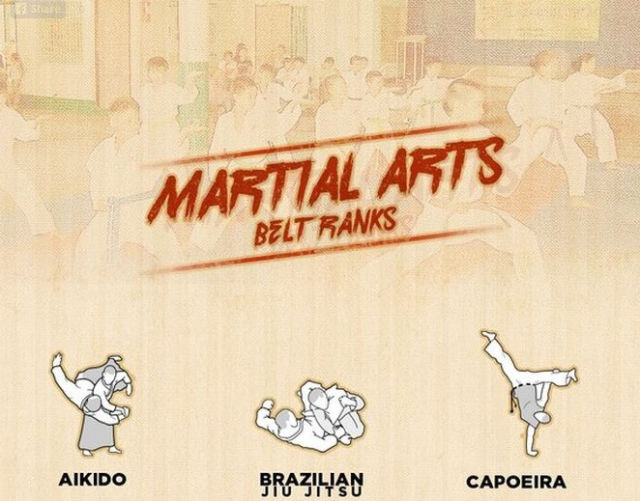Taekwondo Forms: Recognizing The Essentials And Their Value
Taekwondo Forms: Recognizing The Essentials And Their Value
Blog Article
Staff Writer-Stein Goode
Did you know that there more than 20 various taekwondo kinds, each with its very own one-of-a-kind series of motions and techniques? These forms, also known as poomsae, play a crucial role in the practice and growth of taekwondo practitioners.
However exactly what are these kinds, and why are they so significant? In this discussion, we will certainly check out the essentials of taekwondo kinds, their origins, and the crucial elements that make them an important part of this martial art.
Whether you're a novice or a seasoned professional, recognizing the value of taekwondo kinds will deepen your gratitude for this ancient technique and improve your trip towards mastery.
Origins and Evolution
The origins and development of Taekwondo can be traced back to ancient fighting styles practices in Korea. It was established over 2,000 years ago and has because turned into a prominent and around the world acknowledged sport.
Taekwondo was greatly influenced by various Korean fighting styles styles, such as Taekkyon and Subak, in addition to Chinese fighting styles. It was at first utilized as a means of protection, but in time, it developed into a competitive sport that focuses on striking methods and high kicks.
In the 20th century, Taekwondo undertook a substantial change and was standard right into its modern kind. The Korea Taekwondo Association played an essential function in this process, helping to establish policies, strategies, and forms that are still followed today.
Key Elements and Techniques
Now allow's discover the basic facets and strategies of Taekwondo. To fully understand the key elements and techniques, it is very important to delve much deeper right into the following subtopics:
- Stances: Taekwondo emphasizes the proper use stances, such as the front position, back stance, and horse position. mouse click the next document offer stability, equilibrium, and power in carrying out various strategies.
- what style of martial arts was in the karate kid and Kicks: Taekwondo is renowned for its powerful and vibrant kicks, consisting of the front kick, roundhouse kick, and side kick. Strikes, such as punches and knifehand strikes, are additionally necessary methods in Taekwondo.
- Blocks and Defense: Effective defense is vital in Taekwondo. Blocks, such as the high block and reduced block, are made use of to safeguard against incoming assaults. Appropriate timing and positioning are crucial to successfully safeguarding oneself.
Benefits and Influence
One of the considerable advantages of practicing Taekwondo is the improvement of physical conditioning and overall wellness. By engaging in routine training sessions, you can boost your cardio health and wellness, strength, versatility, and endurance. Taekwondo involves a selection of motions that target various muscle mass groups, aiding you develop a solid and toned body.
Furthermore, this fighting style advertises mental well-being by minimizing stress and anxiety degrees. The discipline and emphasis needed in practicing Taekwondo can help boost your concentration and enhance your capacity to take care of challenging circumstances.
Furthermore, the practice of Taekwondo imparts a sense of self-confidence, self-control, and self-constraint, which can positively affect different areas of your life. Overall, practicing Taekwondo can result in a healthier and more well balanced way of life.
Verdict
So there you have it! Taekwondo forms aren't just simple regimens, however a representation of the abundant background and evolution of this fighting style. By understanding the crucial elements and strategies, experts can reap numerous physical and psychological advantages.
From enhanced adaptability and stamina to improved emphasis and discipline, taekwondo forms have an enduring effect on those who practice them.
So, whether you're a novice or an experienced martial musician, accept the power of these forms and let them take you on a trip with time.
